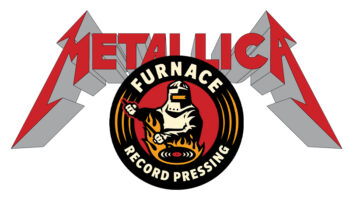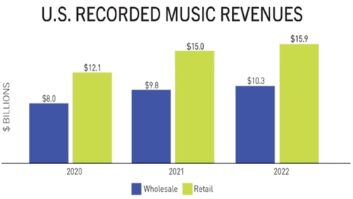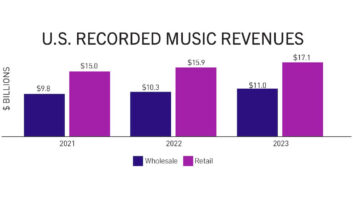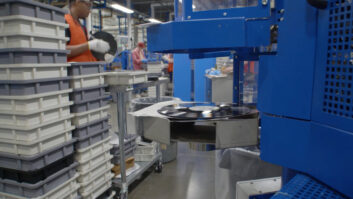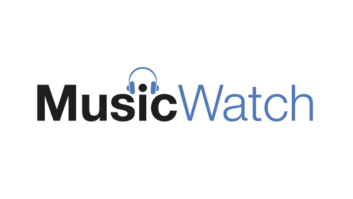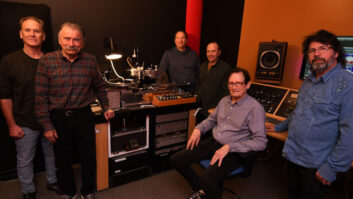
Left for dead in the early Nineties as consumers switched to compact discs, the lowly vinyl LP has bounced back in recent times, adopted by many Millennials and hipsters as the only format worth listening to. Consumers bought 9.2 million vinyl records in 2014—a 52 percent increase over 2013’s 6.1 million. In the wake of such explosive growth, is the vinyl revival finally no longer a fad?
To put things in perspective, vinyl records only make up 3.6 percent of all albums sold—just a drop in the proverbial bucket, particularly at a time when album sales are dropping due to streaming. Nonetheless, when you factor in the higher price tags on new vinyl versus CDs and downloads (paid and –ahem- otherwise), that jump represents a significant chunk of change—and it doesn’t even count specialist reissues that can run as high as £300 ($460 US) each.
As a result, the handful of vinyl pressing plants left in the U.S. are knocking out records as fast as they can on aging equipment. Nashville’s United Record Pressing produces 40,000 records a day, while Rainbo Records in Los Angeles makes 24,000 a day on its 14 machines. Putting extra pressure on record manufacturers is the lack of new equipment; presses haven’t been built in years—a fact that has sent many companies scrambling to find presses anywhere in the world and bring them home to keep up with demand. Ironically, that led to the demise of Canada’s last record plant, as its machines were sold to a pressing facility in New Jersey. The wait times to get records pressed in the U.S. has gotten so bad that indie label Fat Possum gave up and instead started its own plant in Memphis, kicking off at a rate of 7,000 albums a day.
It’s still debatable, however, whether the Vinyl Revival is permanent. While the format’s supporters tout that an album’s sound quality and artwork are better served with a vinyl release, High-Res Audio is starting to make tenuous in-roads with the debut of Neil Young’s PONO and other digital music devices. Likewise, adding to the uncertainty of records’ future, many modern LPs come on colored vinyl, in unusual shapes or sporting other novelty aspects. In short, they use gimmicks—a trait usually associated with fads.
For example, 2014’s top-selling vinyl record—Jack White’s Lazaretto—moved 87,000 LPs in part because it was jammed with gimmicks, sporting tracks hidden beneath the labels, a side that played from the inside out, holograms embedded in the vinyl, multiple grooves in the middle of the same song and more. White isn’t alone in relying on novelty value to sell records, either; there’s so many like-minded acts that The Wall Street Journal reported that pressing plants could produce far more records if they didn’t have to stop and reset for specialty orders all the time.
Vinyl records may be a fad, or perhaps they’re here to stay, ready to coexist among the bevy of formats available, each with its own selling points. Who knows…perhaps we can dream of the day when consumers can enjoy the LP and digital versions of an album at the same time? Well, that’s already happened, too, with DJ Qbert’s new Extraterrestria album, the packaging of which can be used as a DJ controller for Algoriddim’s djay iOS app—bringing things full circle from digital to vinyl and back again.

